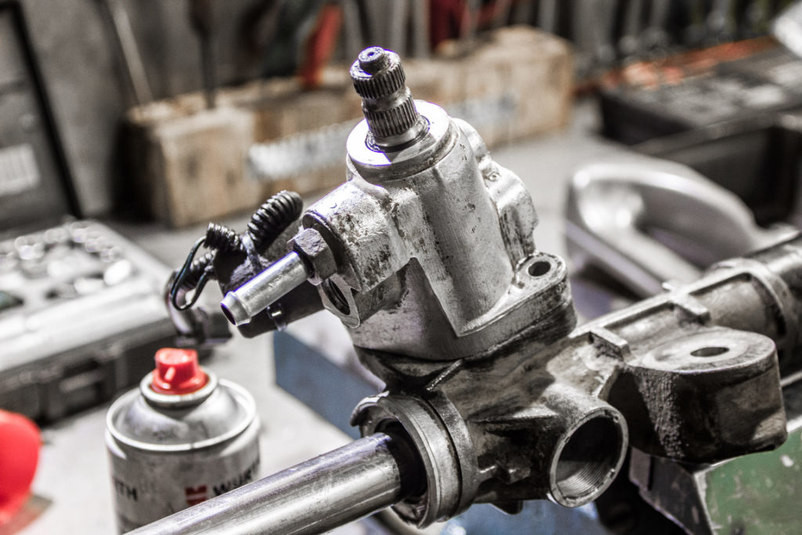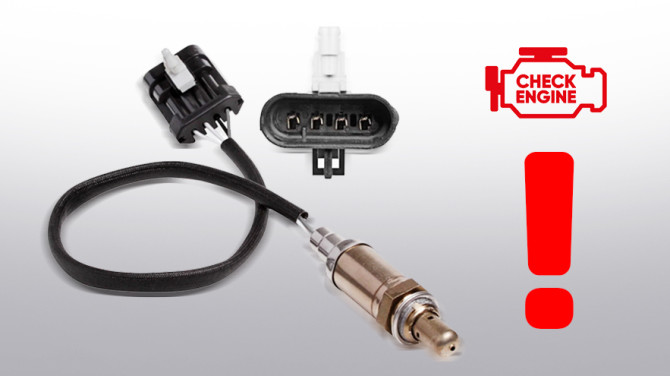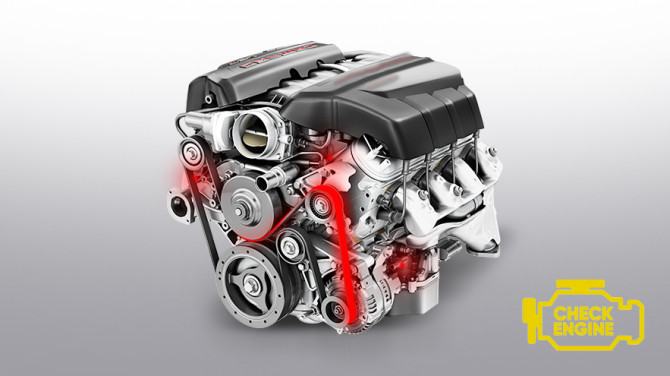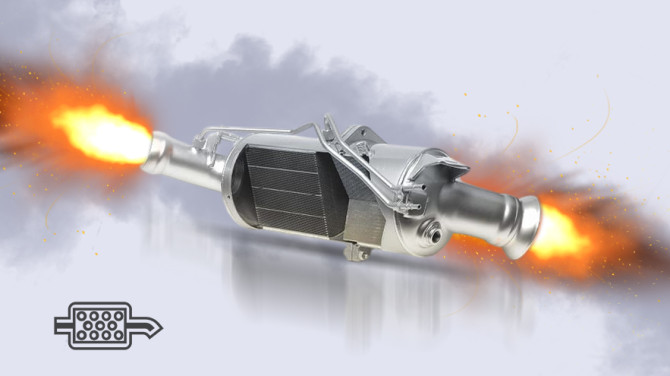Steering gear adjustment and tightening

The steering system is responsible for driving safety, along with other crucial systems. It is in the driver's interest to monitor the system's condition and prevent damage.
Car manufacturers claim that the steering gear is one of the fundamental components of the steering system and should serve trouble-free for 10-15 years under certain conditions:
- Regular inspections
- Use of quality oils
- Driving on quality roads
A responsible driver can handle the first two requirements. However, the third requirement is beyond their control. What can a driver do in this situation?
Try to avoid poor roads, drive carefully over tracks, and avoid hitting curbs.
Steering Gear Failures
Rack and pinion steering mechanisms are considered the safest and most reliable, but they are not immortal. The initial signs of malfunctions are knocking in the front axle and steering gear play. These failures can be caused by:
- Wear of the rack and distributor mechanism
- Wear of the right bushing
- Wear of steering links and tie rod ends
In addition, the steering wheel's play increases, there is no effort in the neutral position, and the car becomes difficult to steer.
In most cases, adjusting the steering gear can remedy play, knocking, and the feeling of slackness when driving.
Is it worth tightening the steering gear? Definitely yes.
The effort from the steering wheel to the wheels is transmitted by a pair: a coil (distributor) that interacts with a toothed rack. In the "gear-distributor" pair, movable elements pressed together by springs without play in a certain position. The clamp should be moderate so that during the mechanism's operation, the teeth of the rack and distributor engage but do not damage each other.
If the pair becomes loose, the steering gear starts to make noise and loosen, and the rack bar and distributor collide during vehicle movement. If the parts are too tight, the wheels are difficult to turn. In both cases, the steering gear needs adjustment.
Steering Gear Adjustment
You can tighten the steering gear on your own. For this, you need a garage with a lift, a friend, hands, and tools:
- Position the car so that it is convenient to access the steering gear: drive onto the lift, or use a jack in extreme cases.
- Secure the car, align the wheels.
- Measure the play of the front wheel with a feeler gauge (if available) or measure the "density" – the play should not be more than 10 degrees.
- Loosen the securing nut (if present on the car); below it is the adjusting nut. Slowly turn it clockwise for 10-15 minutes, checking the play and steering wheel – an adjustable wrench is needed for this. If the steering wheel is difficult to turn, loosen the nut a little.
Usually, turning the nut by 20% of a full rotation is enough to eliminate the problem. If knocking and play in the steering gear persist, the rack or distributor may have worn out permanently.
Adjustment may not be successful if the thrust bearing is worn out. In this case, you need to go to a repair shop where they will disassemble the mechanism, check all the parts, and accurately determine the cause of the malfunction.
Adjusting the steering rack on your own is a fairly realistic task but not a panacea. If the first problems arise, be aware that you will soon need to repair the unit. If you need to purchase spare parts for your car, please visit the STS PARTS online store.







